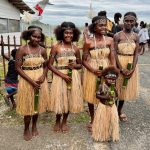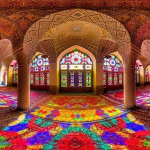Kupang isn’t a city that often finds itself on Southeast Asia’s mainstream travel routes, but for those exploring deeper Indonesia or making their way overland to Timor-Leste, it’s a name that will inevitably pop up.
Whether you’re here in transit or looking to explore one of the country’s more remote provincial capitals, Kupang offers a gritty, authentic Indonesian experience that is not just real, but the Anti-Bali. Here is the YPT Kupang Travel Guide
Where is Kupang?
Kupang is the capital of East Nusa Tenggara province, located on the western side of Timor Island. With a population hovering around 400,000, it serves as the administrative, economic, and logistical hub for the region.
Its strategic importance dates back to the colonial era, when it was a Dutch trading post and port city. Today, it remains an essential transport node for travelers heading to Rote Island, Alor, or crossing into Timor-Leste by land.
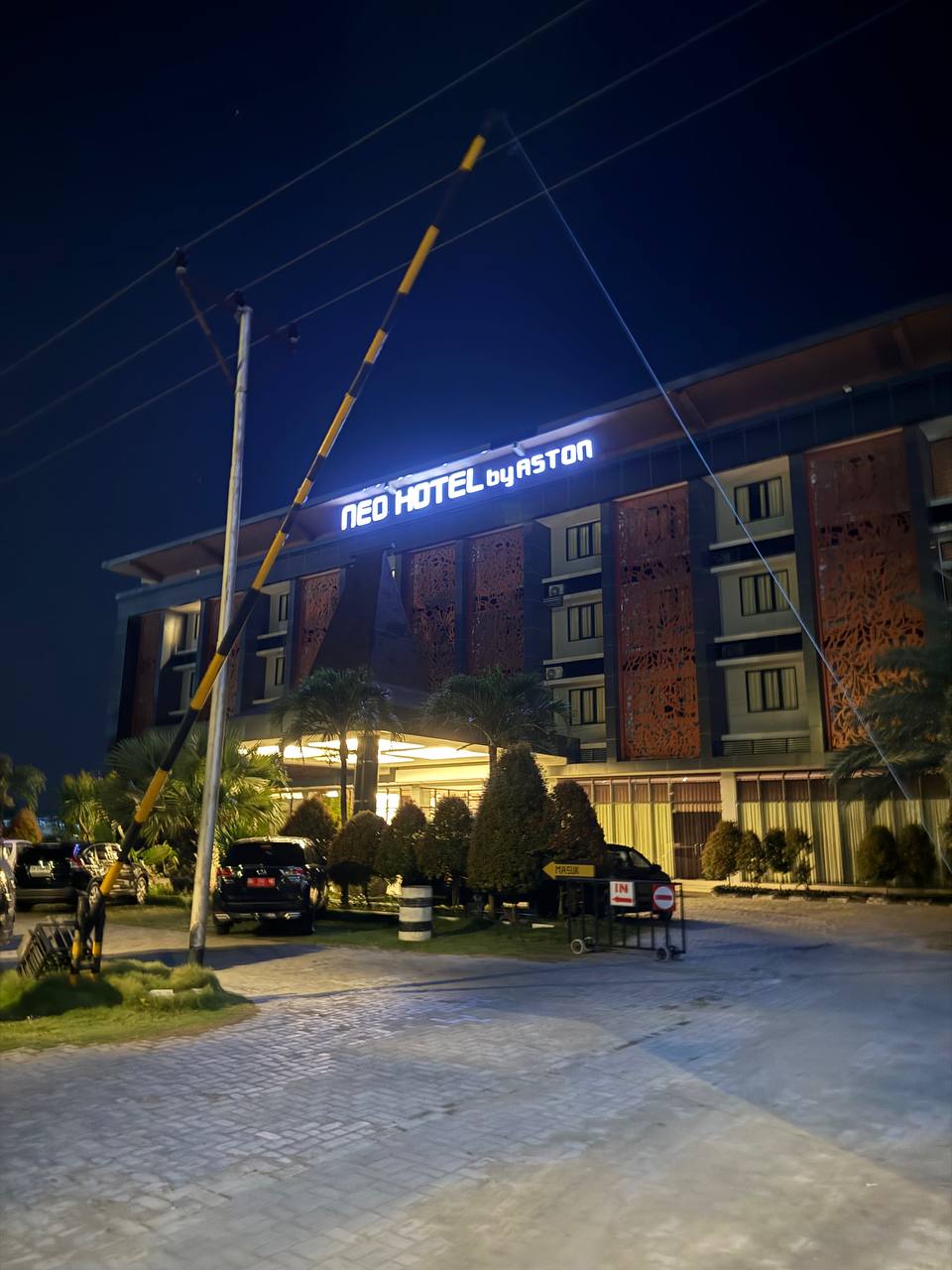
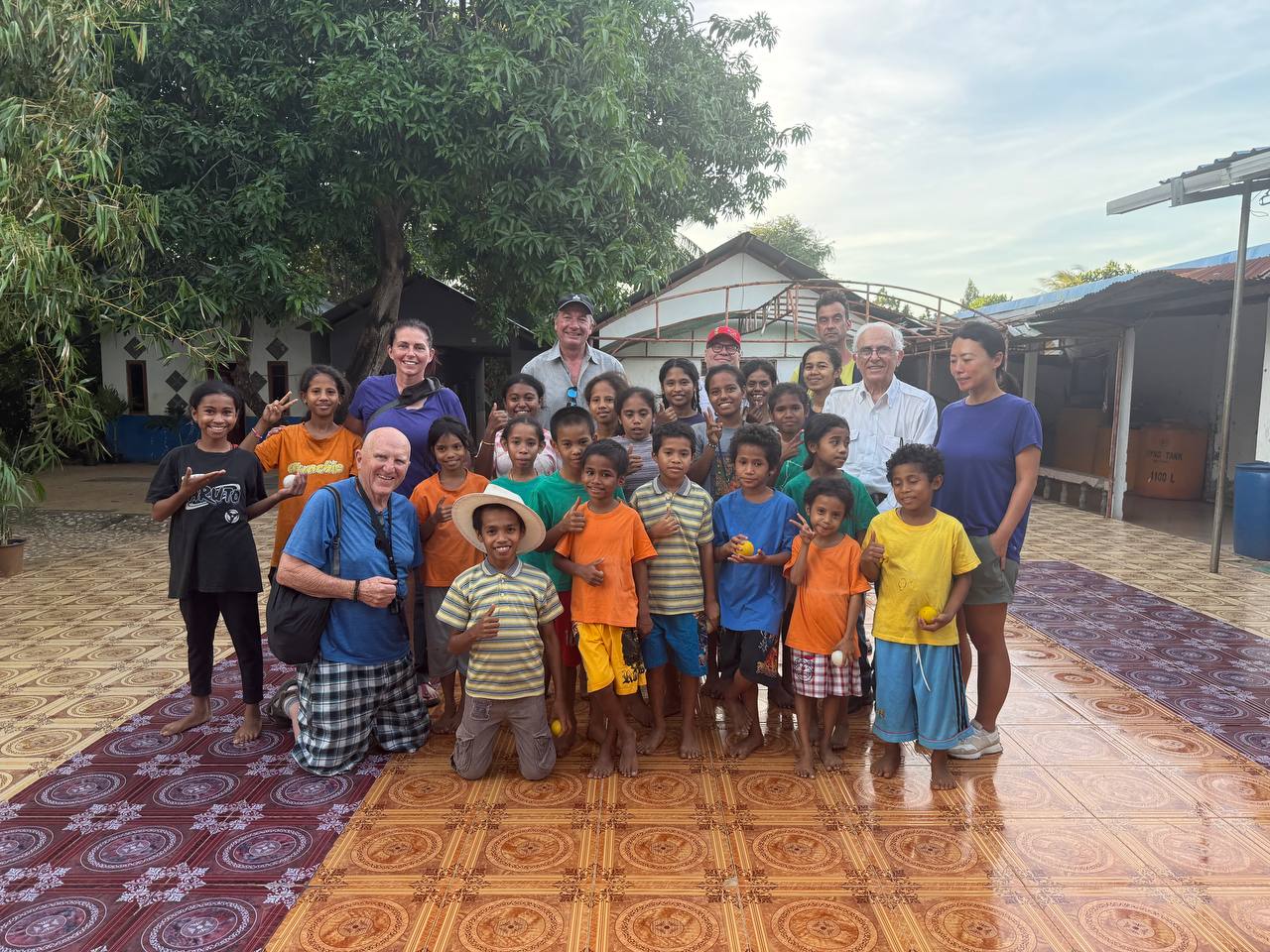
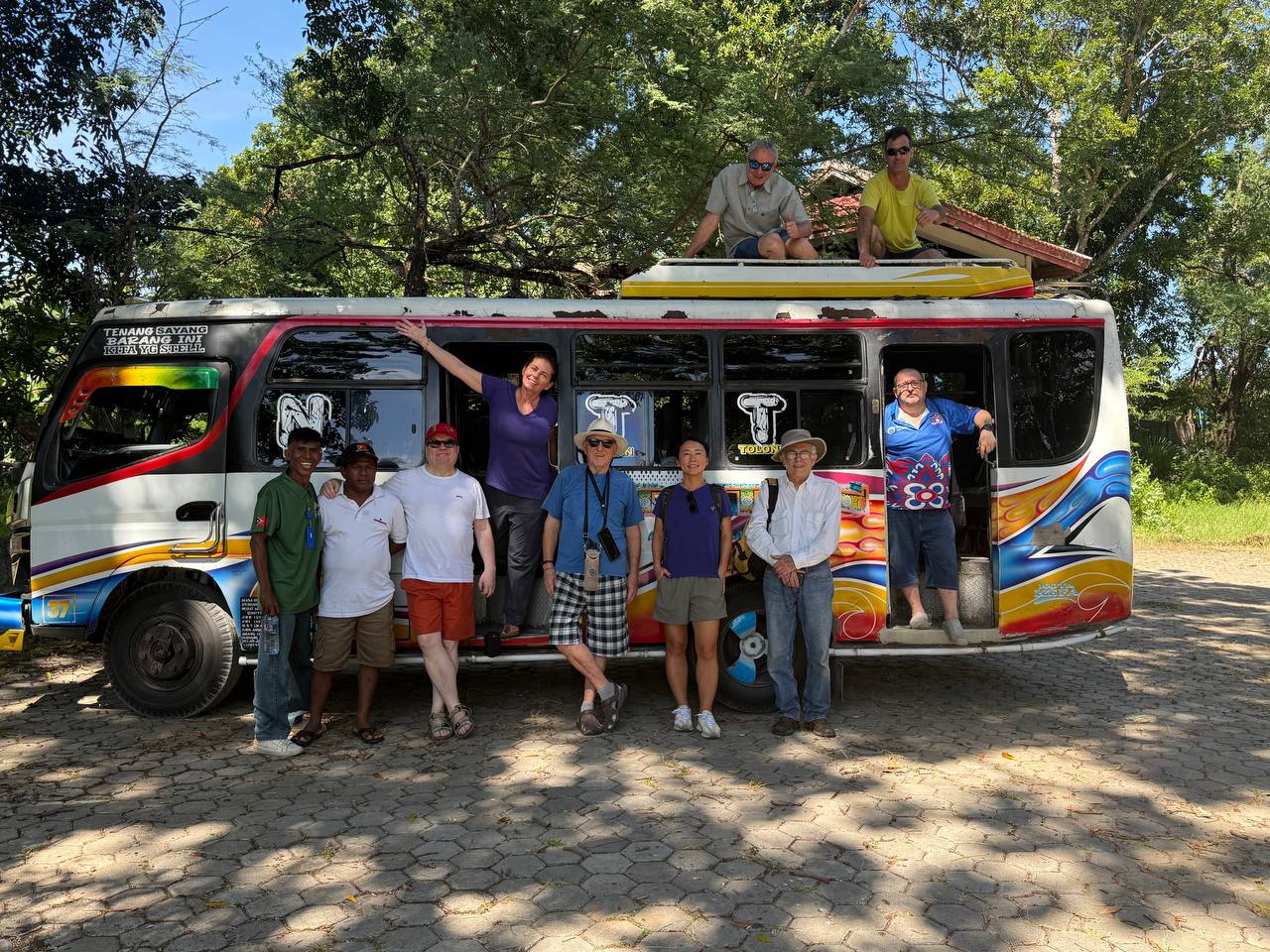
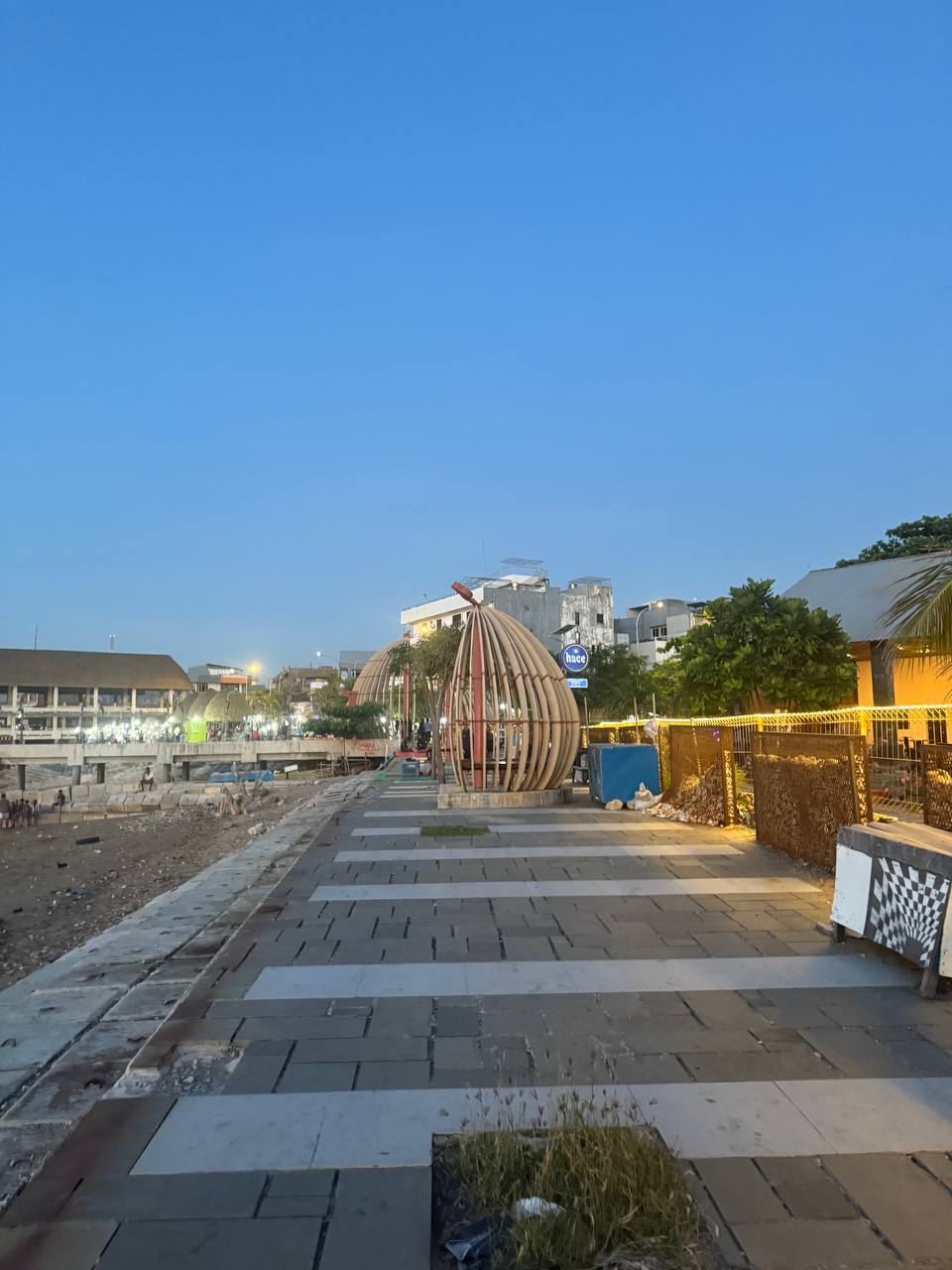

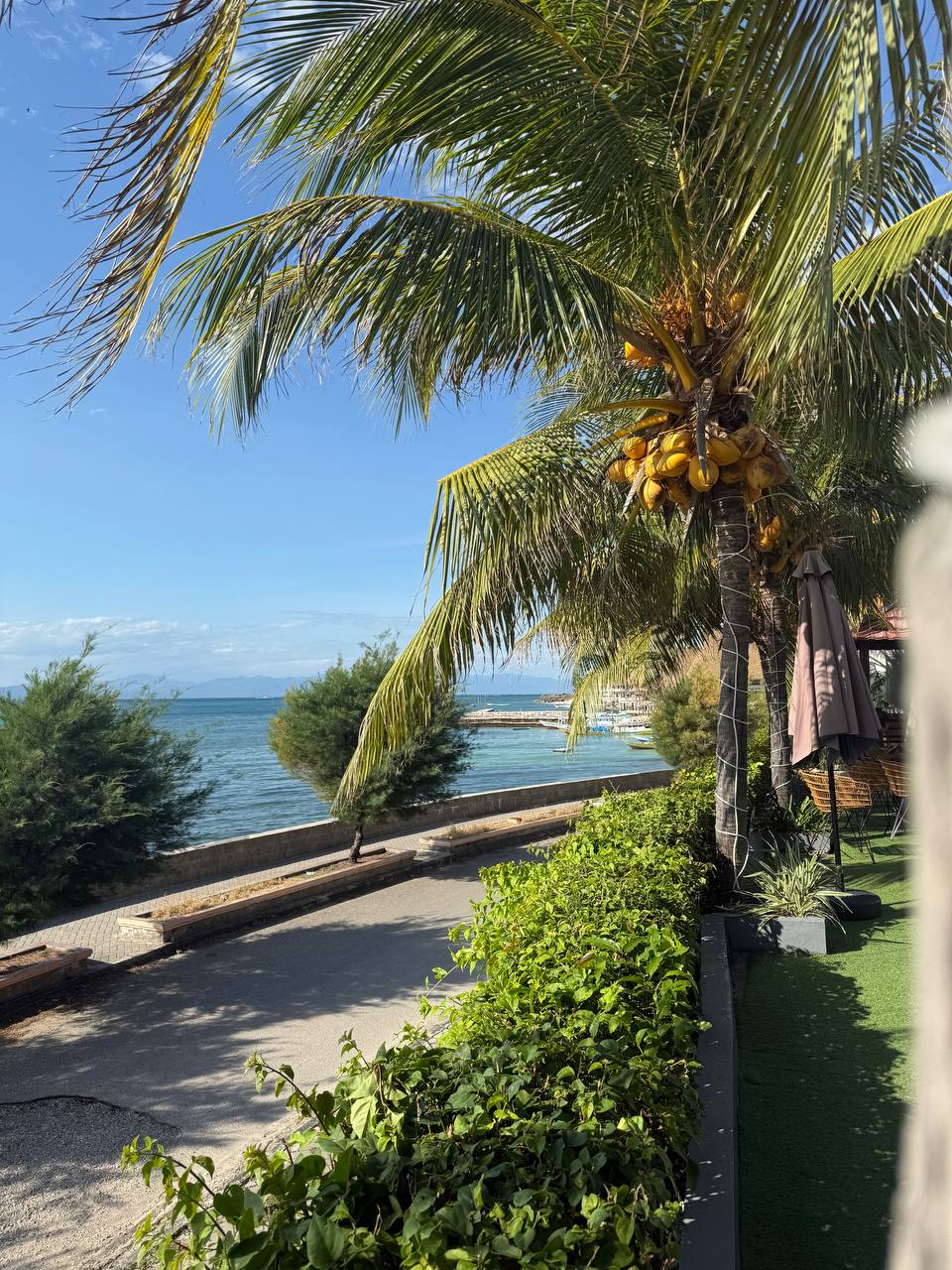
Kupand Travel Guide – People and Culture
Kupang is home to a mix of ethnic groups including the indigenous Atoni people of West Timor, Chinese Indonesians, and migrants from across the eastern archipelago. While the majority religion is Christianity, particularly Protestantism, there is also a significant Muslim population. This blend of faiths and cultures gives the city a diverse character, though the city remains relatively quiet compared to other Indonesian urban centers.
Table of Contents
What to Do in Kupang Travel Guide
The city isn’t overloaded with tourist attractions, but there are a few sites of interest that are worth checking out if you’re in town.
- Oenesu Waterfall: Located around 20km from the city center, Oenesu offers a natural escape with layered cascades and a shaded forest setting. It’s popular with locals on weekends.
- Crystal Cave (Goa Kristal): About 30 minutes from Kupang, this limestone cave contains a pool of clear freshwater. Swimming here can be a refreshing detour, though reaching the cave involves scrambling down a rocky path.
- Monkey Feeding at Gunung Fatuleu: A roadside spot known for its macaque population. Visitors often feed them snacks, although be mindful of your belongings.
- Roslin Orphanage: While not a tourist attraction in the traditional sense, some visitors opt to visit this Christian-run orphanage, donating supplies or interacting with the children. It’s important to arrange visits respectfully and not treat this as a spectacle.
Kupang also serves as a staging ground for trips to nearby islands such as Rote, Semau, and even Sabu, making it a functional base for further exploration.
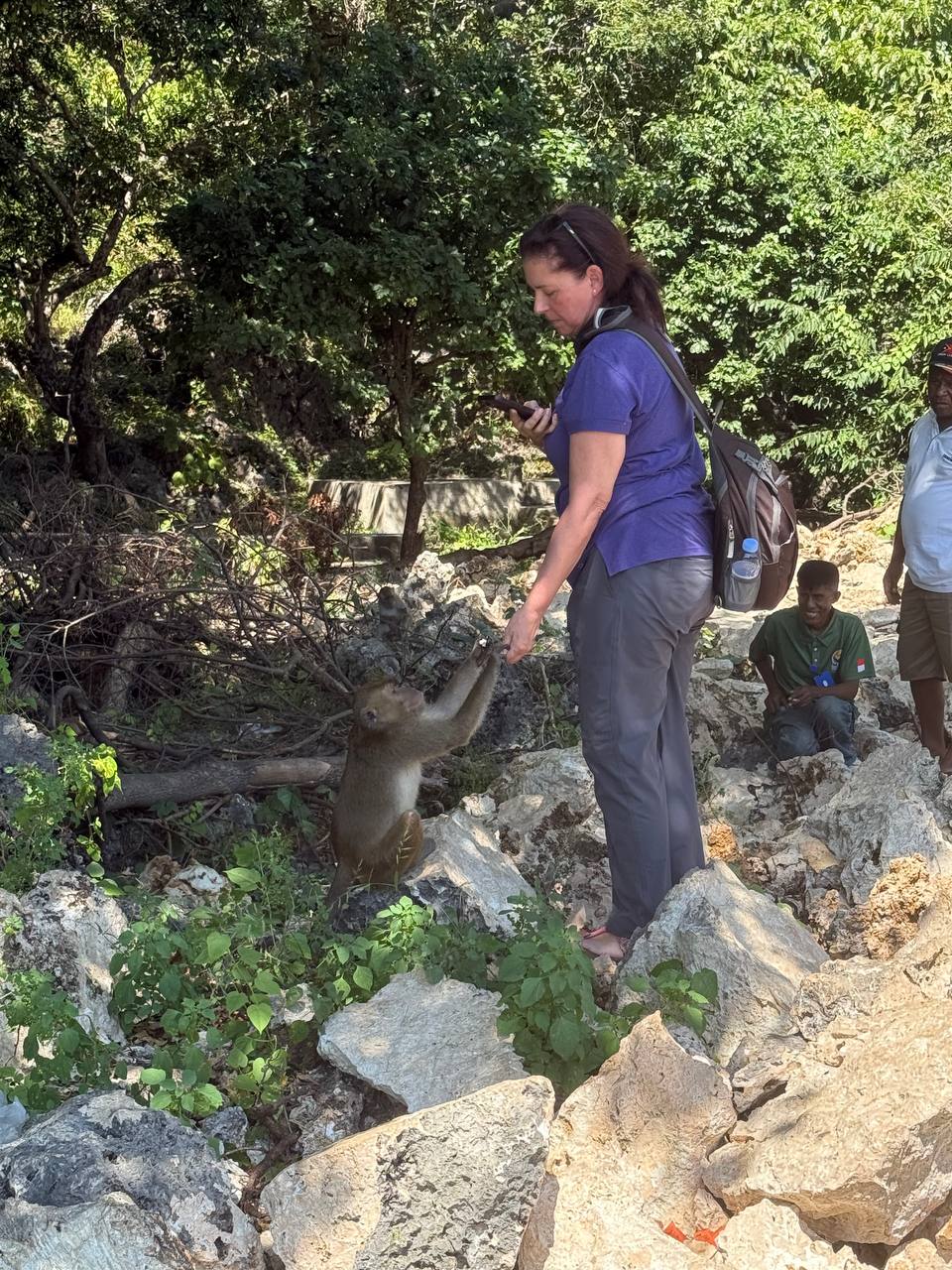
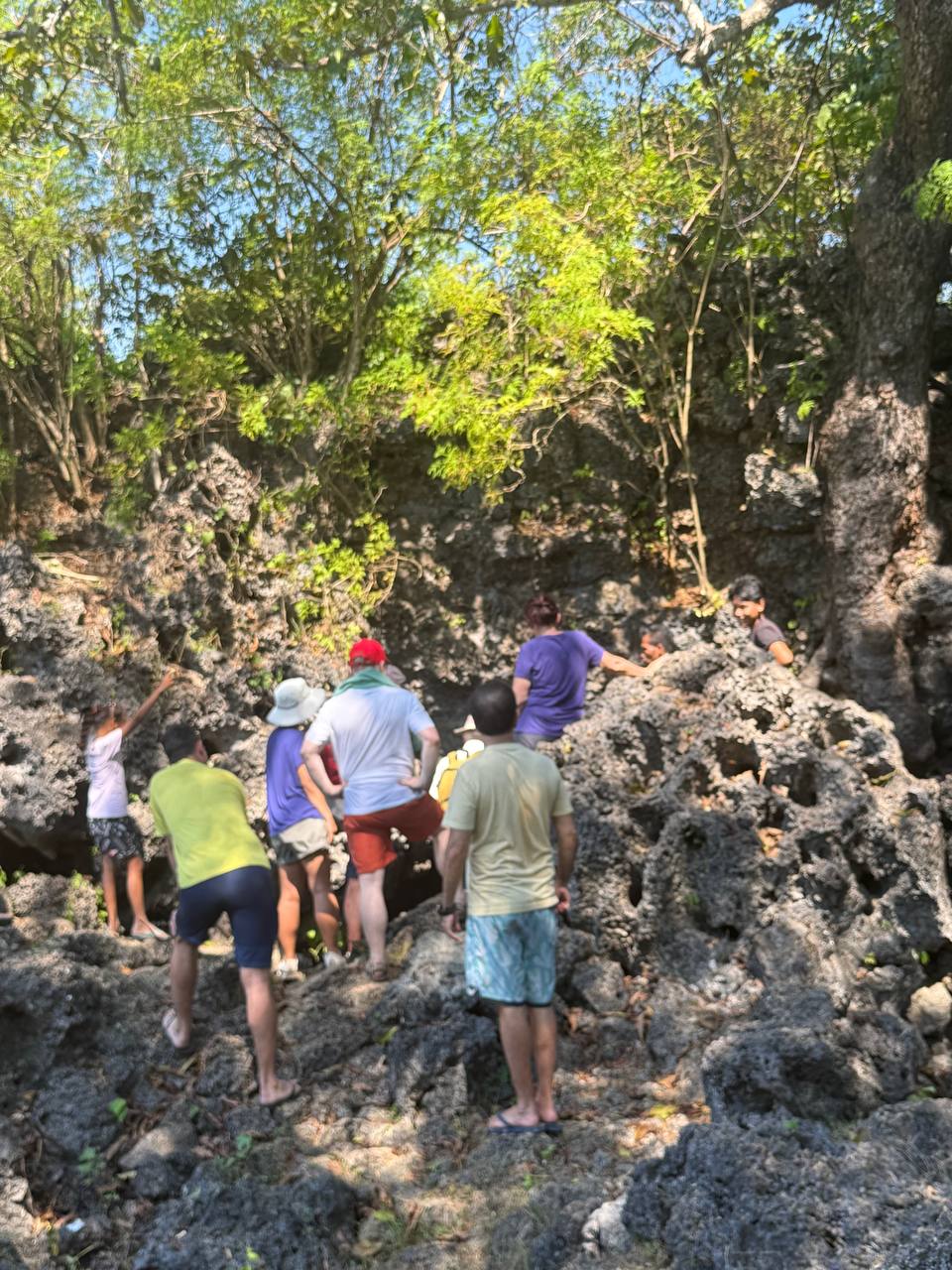
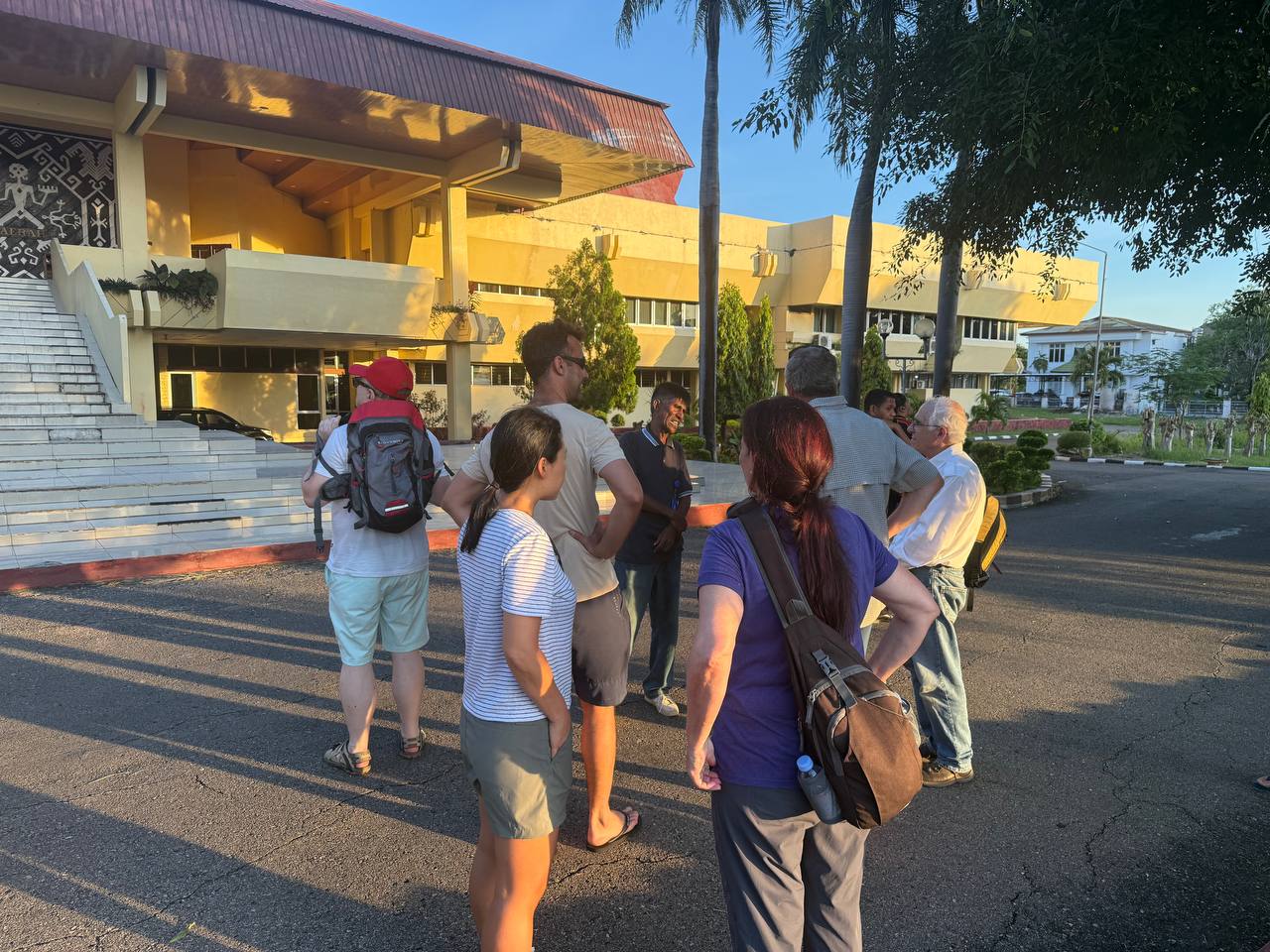
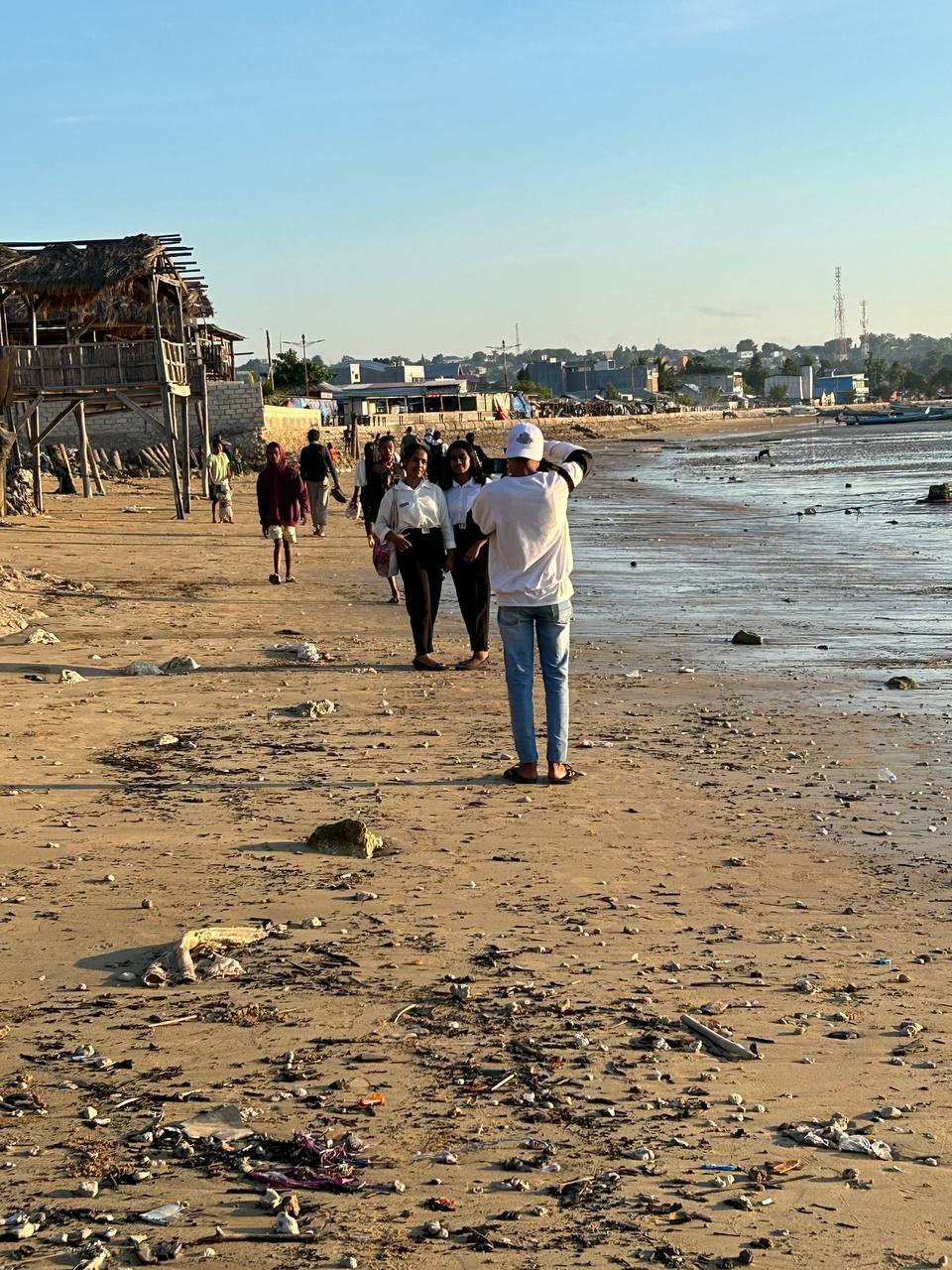
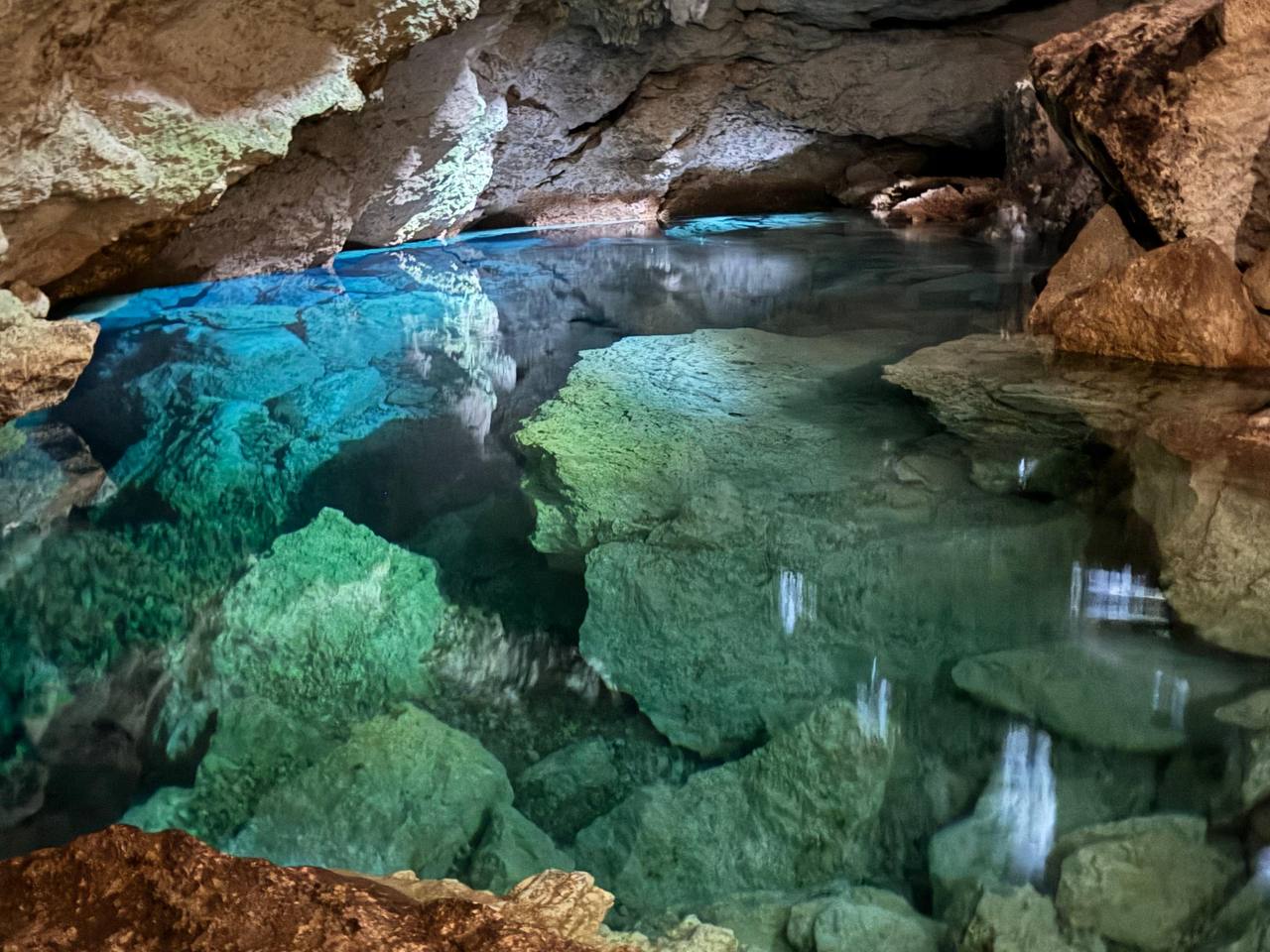
Eating and Drinking in Kupang
The local food scene here is basic but accessible. There is a modest night market near the city center where you can sample grilled fish, chicken satay, and local rice dishes. For fast food, KFC is the go-to for locals and travelers alike.
Liquor and beer can be harder to come by, and while there is no outright alcohol ban, availability is limited. Beer is usually available in midrange hotels and some restaurants, but wine and spirits are rare. The nightlife scene is minimal, with few bars and no real clubbing culture. That said, coming here isn’t really about nightlife (at all) it’s more a place to rest, recharge, and move on to the next leg of your journey.
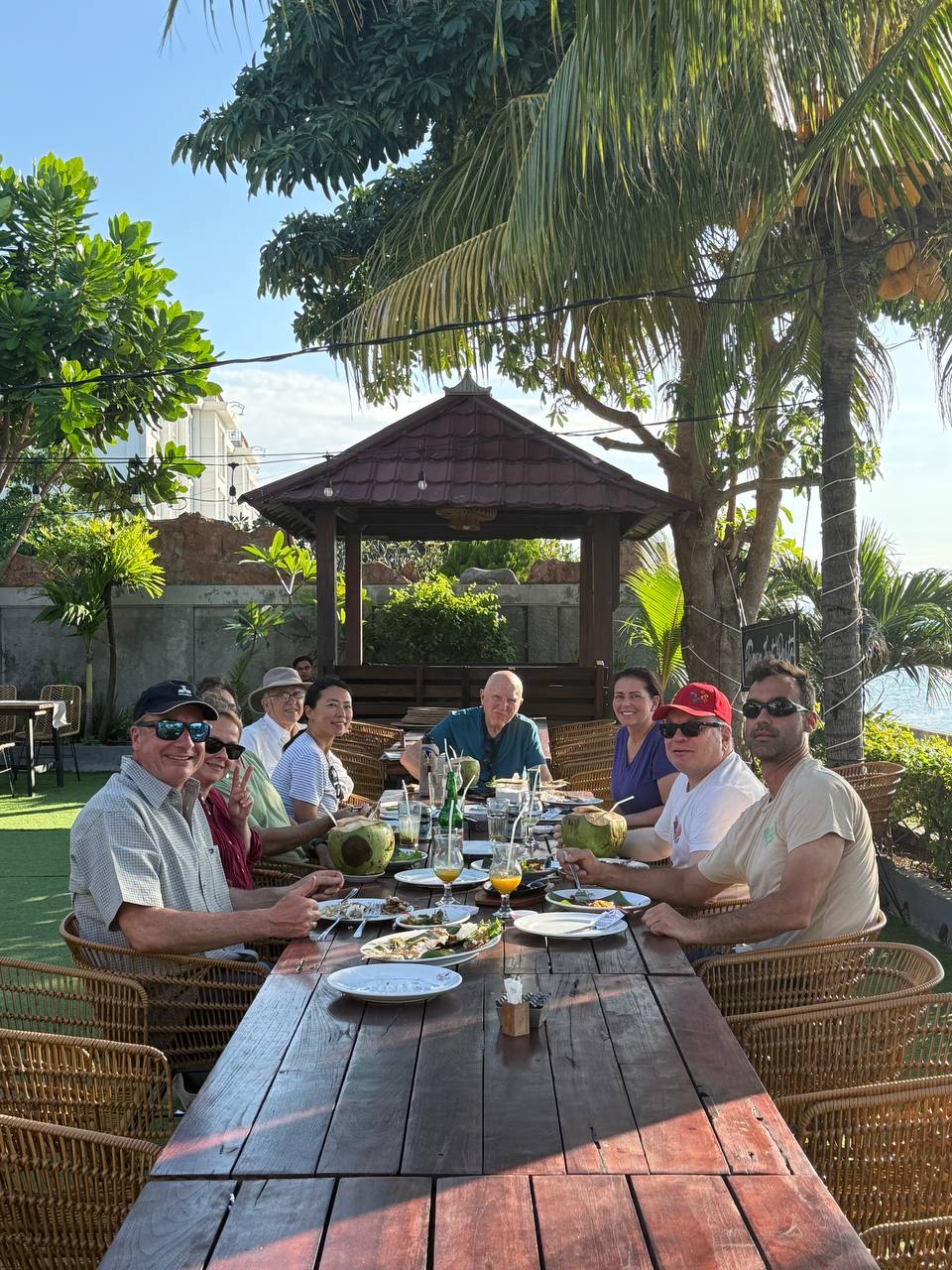
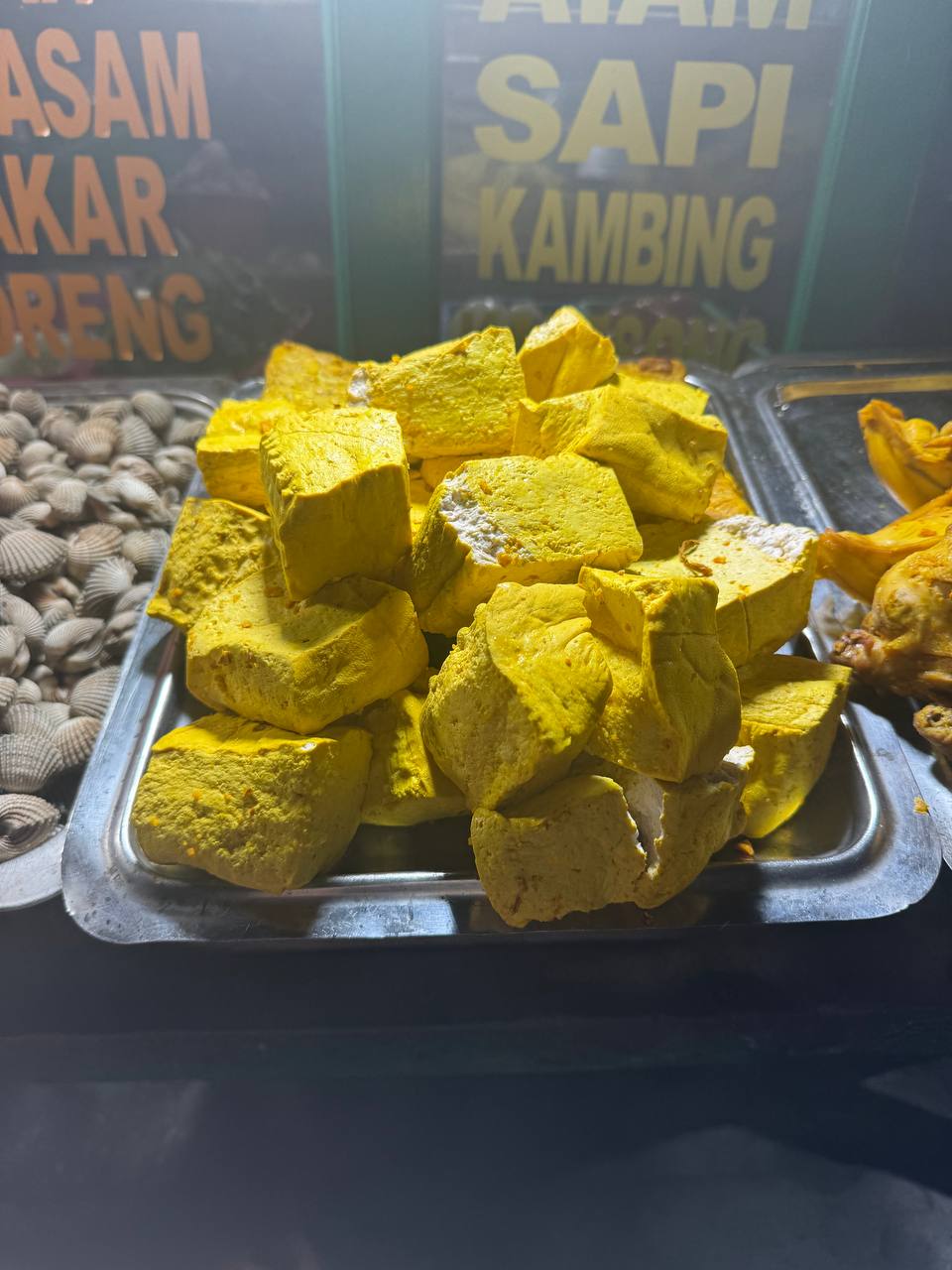
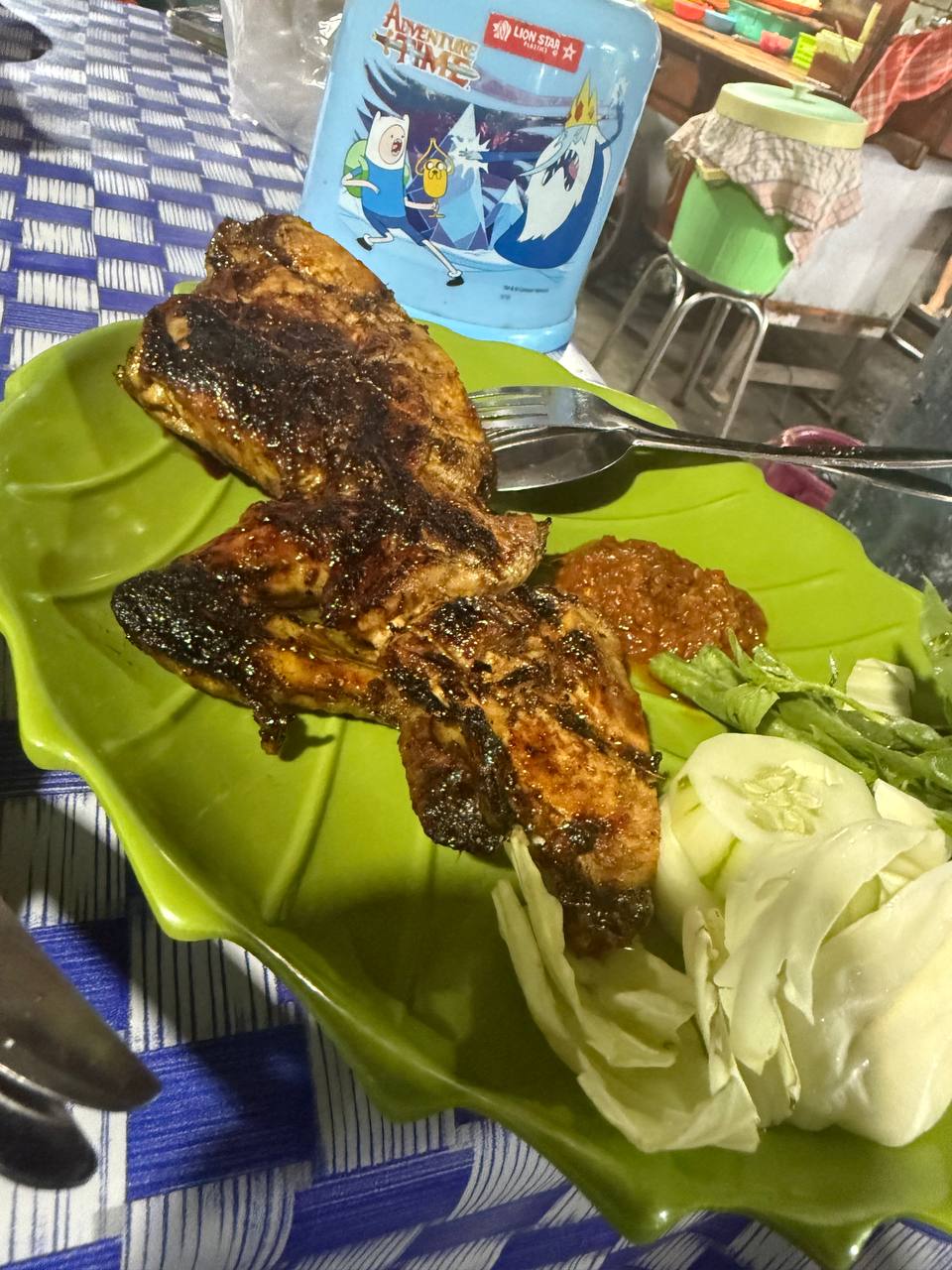
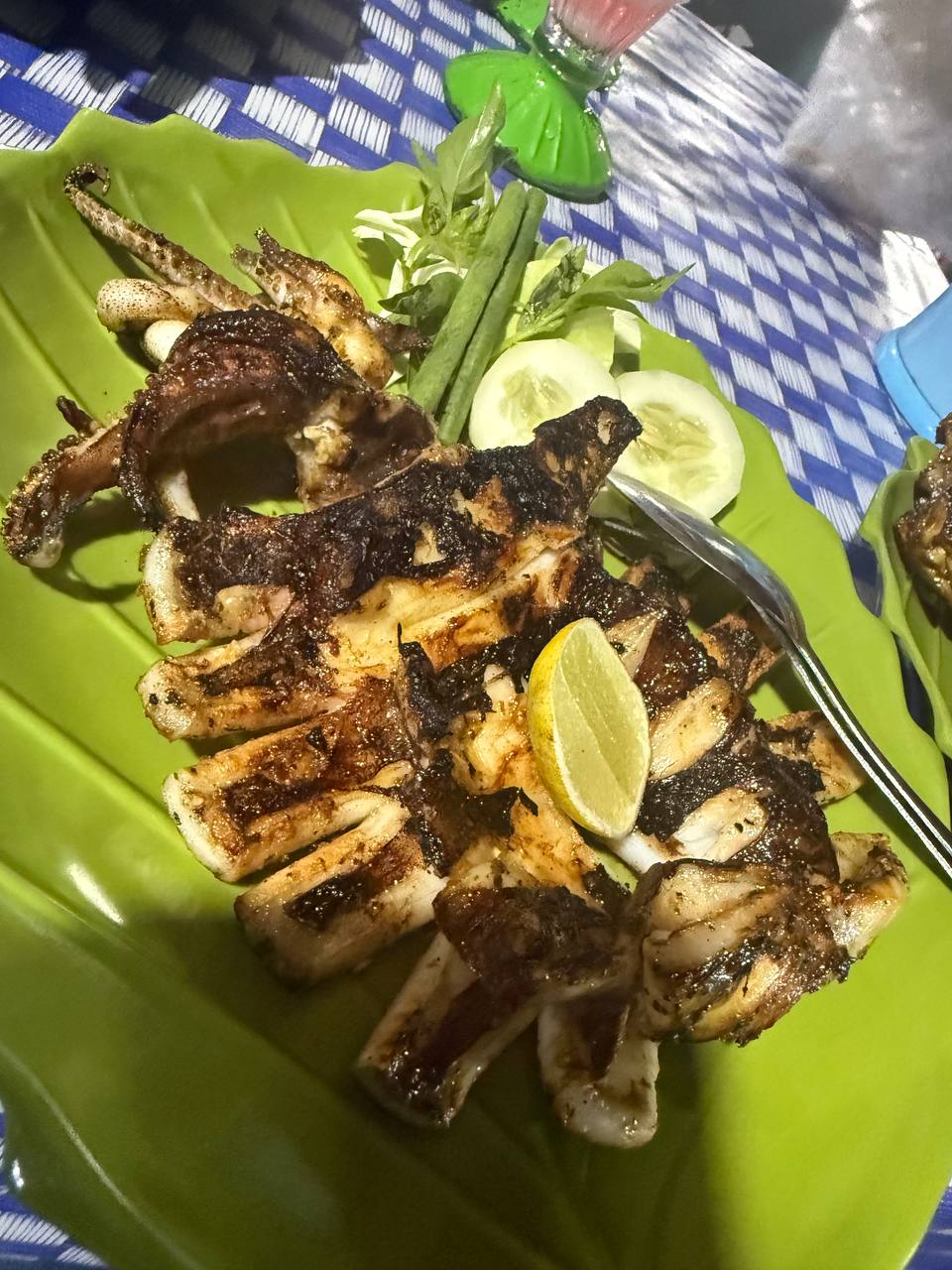
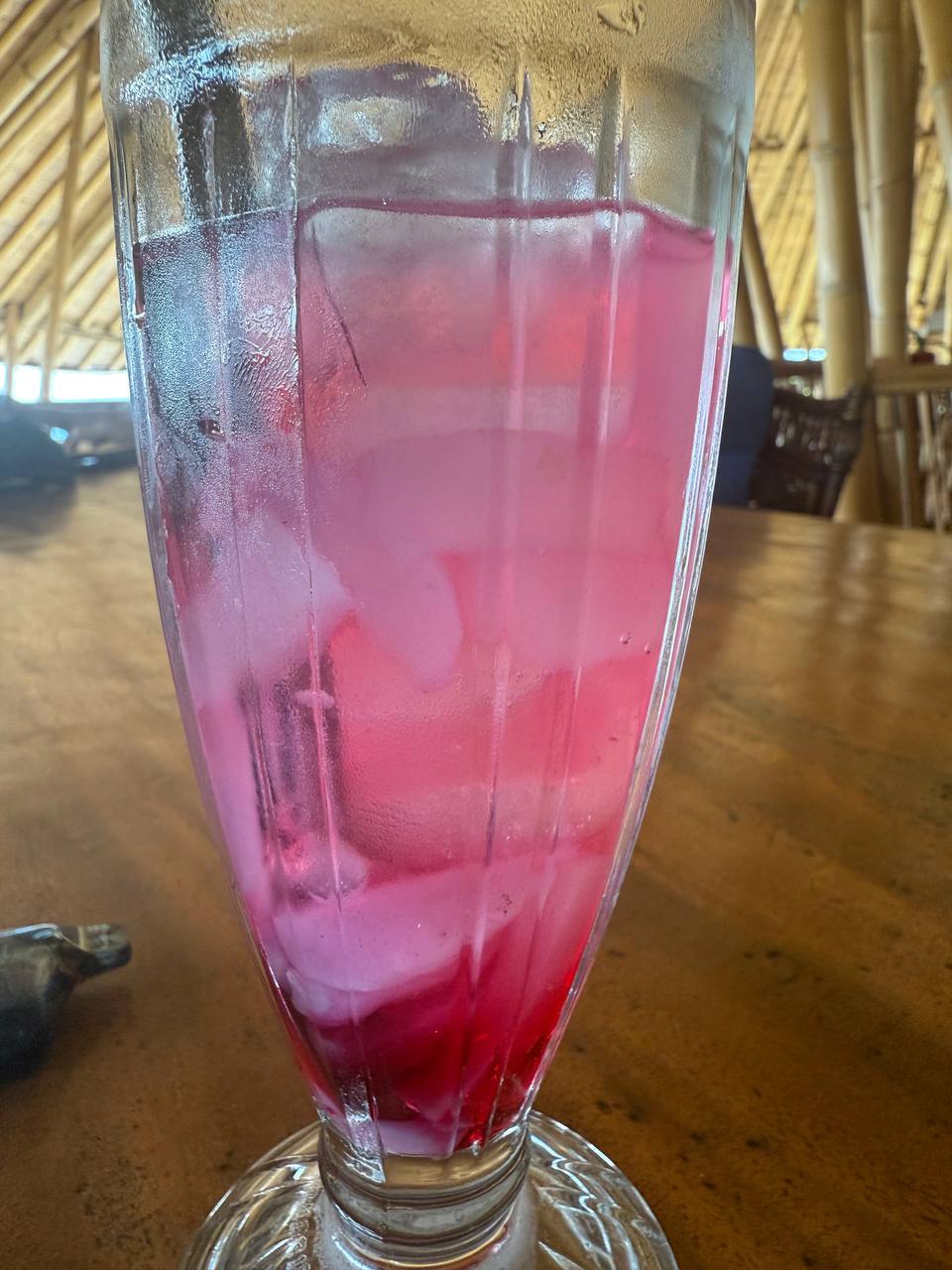
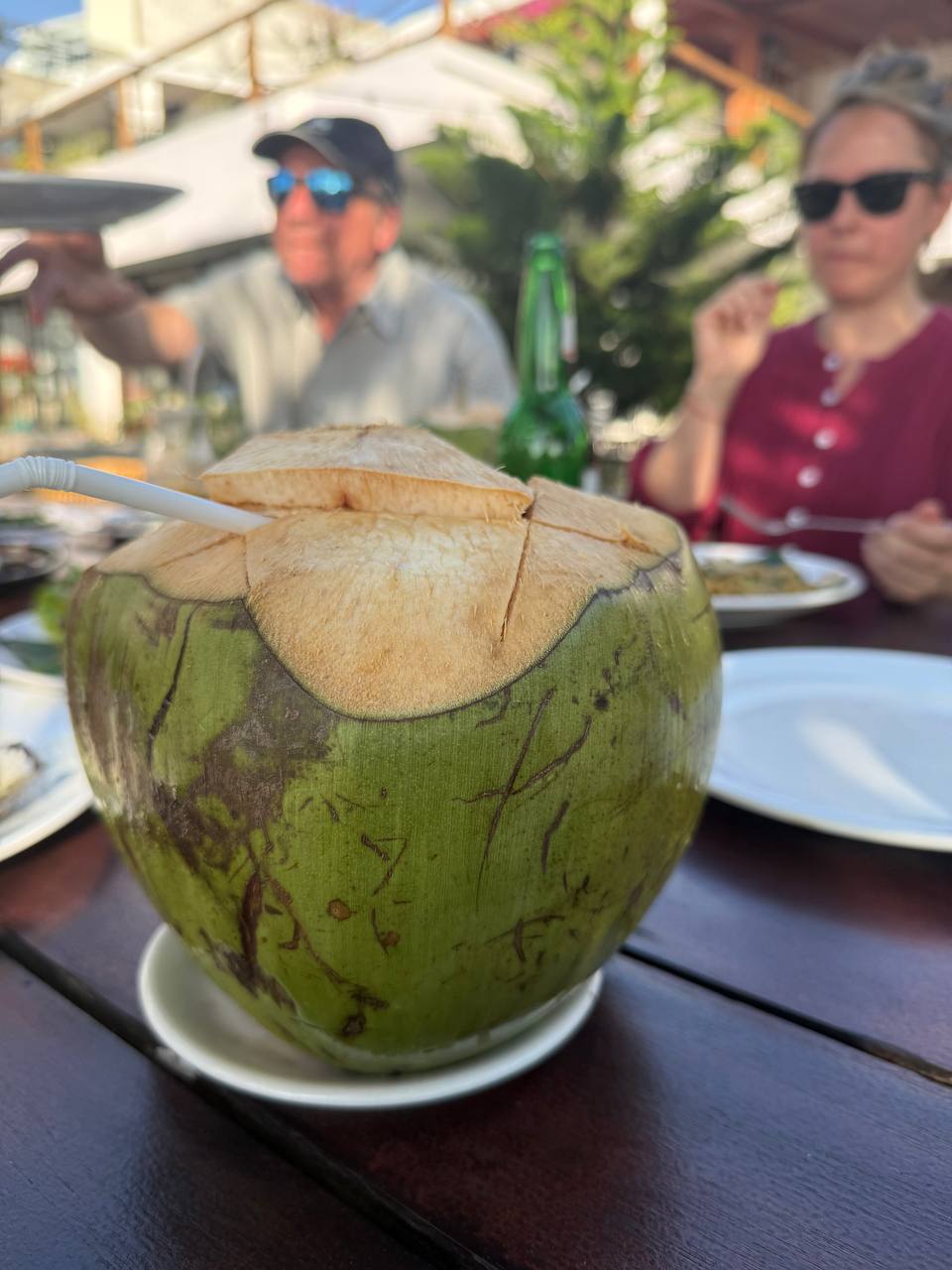
Where to Stay in Kupang Travel Guide
- Neo Hotel by Aston: This is arguably the best hotel in the city. With modern rooms, decent Wi-Fi, and a central location, it offers good value for the price. The hotel includes a small pool, an on-site restaurant, and a very basic breakfast buffet. Prices are in the $35–50 USD range.
- Swiss-Belinn Kristal Kupang: Another decent option, slightly more upmarket, with sea-facing views and a better breakfast spread. Suited for business travelers.
- Sotis Hotel Kupang: A more boutique-style hotel with contemporary décor and a lounge-bar feel. Rooms can be hit or miss depending on the floor.
Budget travelers will also find a number of guesthouses and local hotels on Agoda and Traveloka, though many cater more to domestic travelers than foreign backpackers.
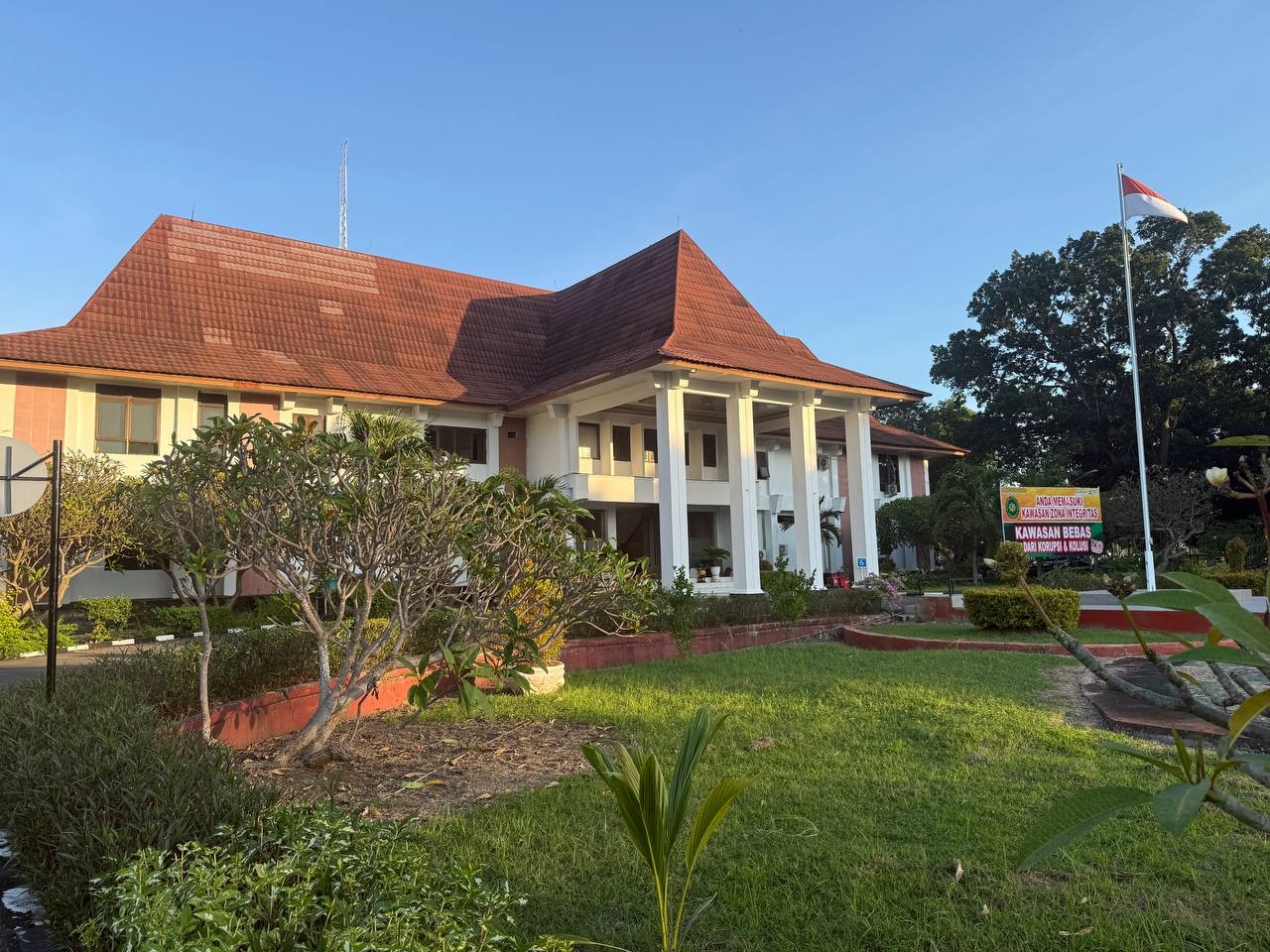
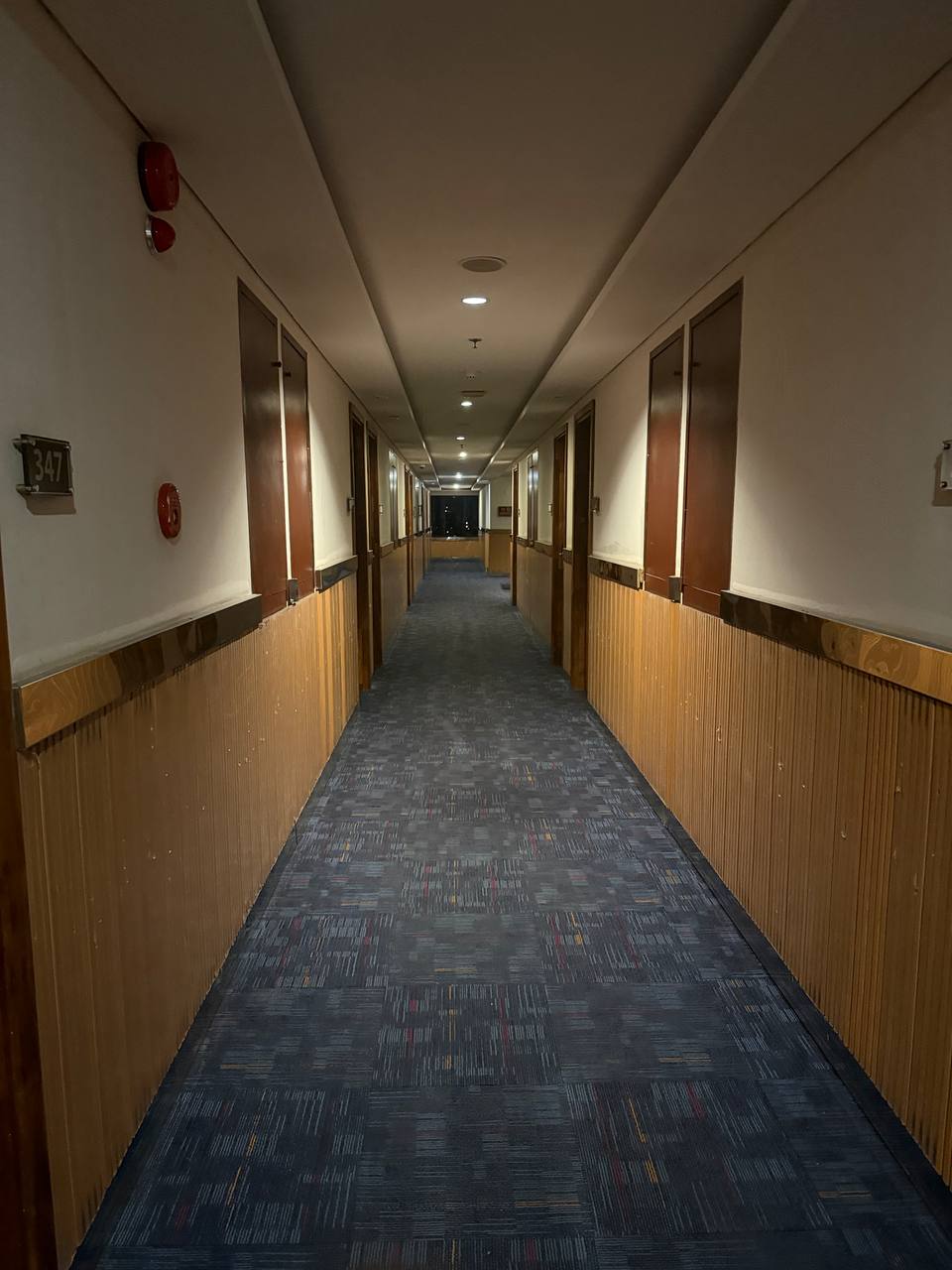
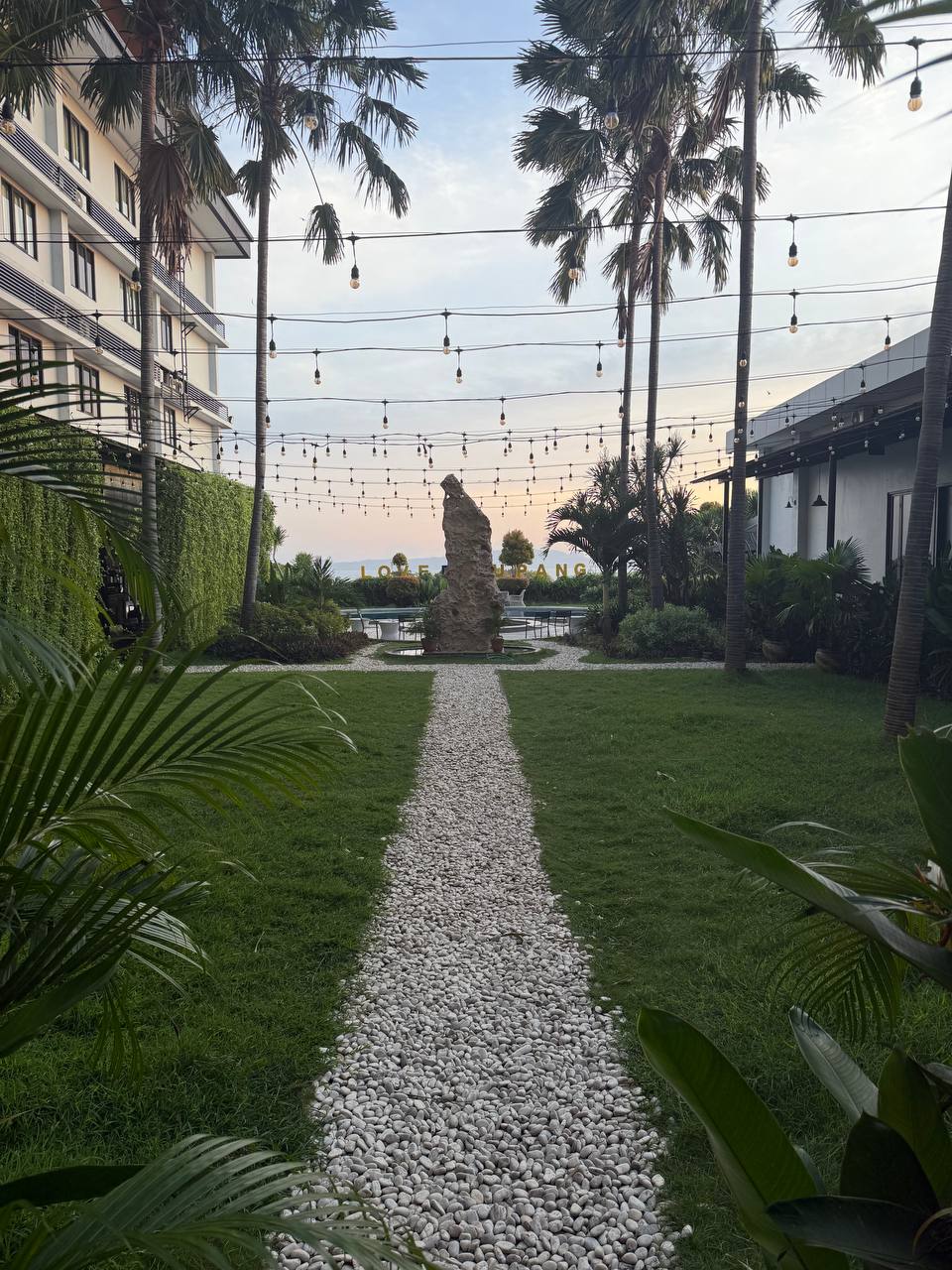
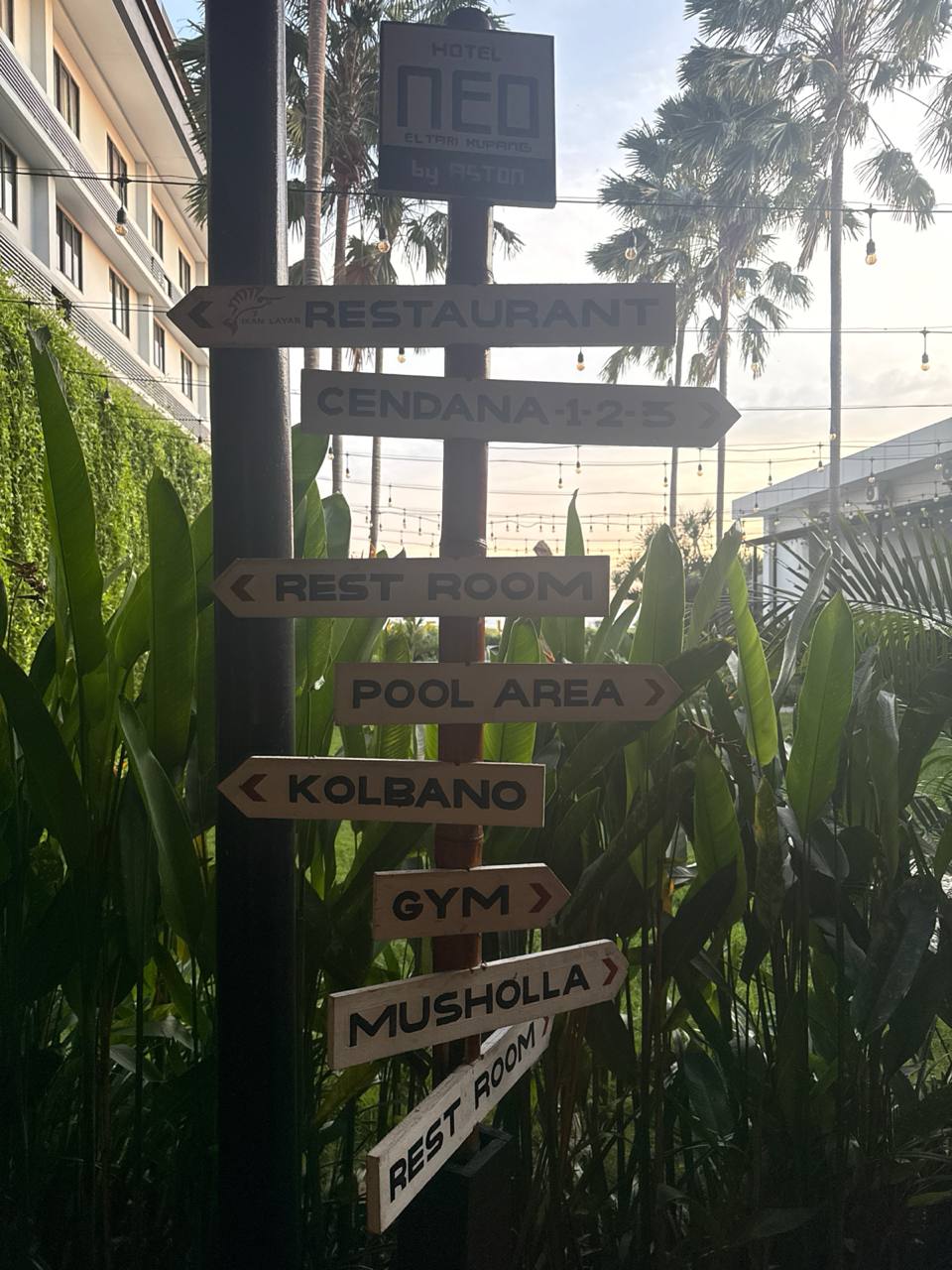
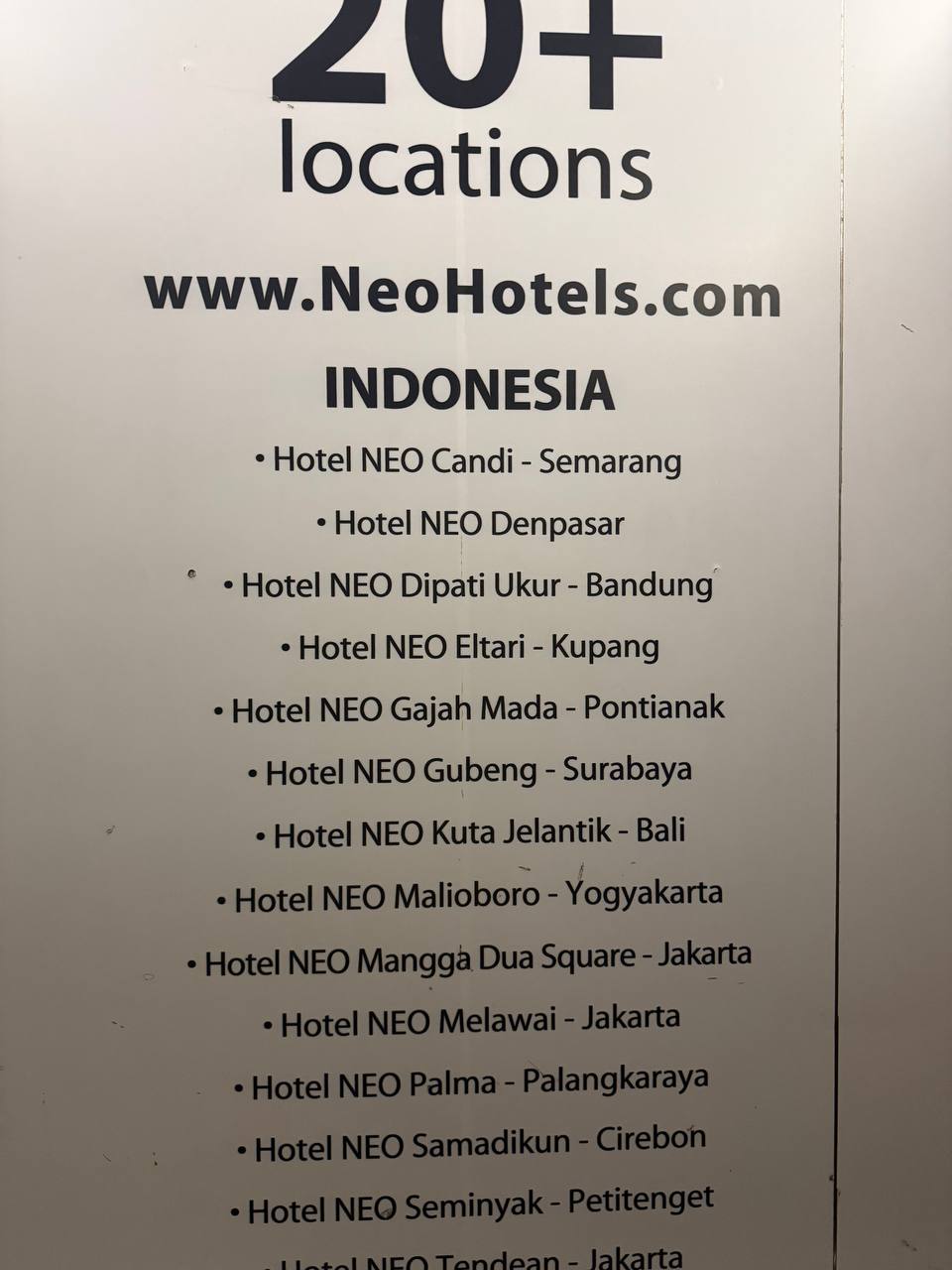
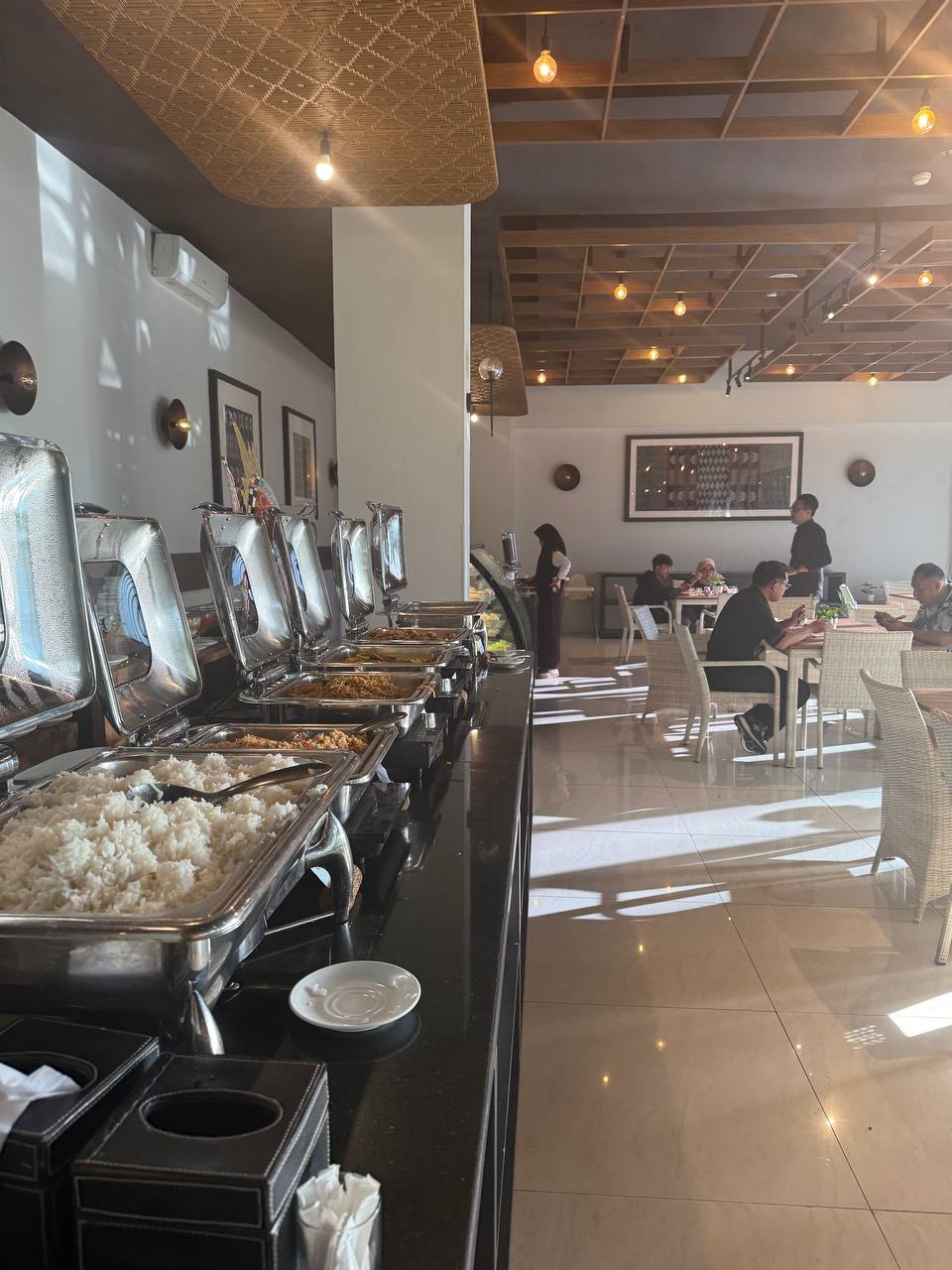
Getting In and Out of Kupang
Kupang is well-connected by air, with daily flights to and from Bali, Jakarta, and Surabaya. El Tari Airport (KOE) is about 15 minutes from the city center by taxi.
If you’re traveling by sea, Tenau Harbour offers ferries to:
- Rote Island: Several ferries per day, including slow public boats and faster express options.
- Alor and Lembata: Less frequent and longer routes, but ideal for those heading deeper into East Nusa Tenggara.
There are also overland options to Timor-Leste, specifically the exclave of Oecusse, and onwards to Dili, the capital. These routes involve border crossings at Wini or Motaain and can be arranged with local transport or shared taxis.
For reference, the President of Timor-Leste, José Ramos-Horta, who I have interviewed is a big advocate for tourism throughout Timor.
Click to check our West Timor Tours.



